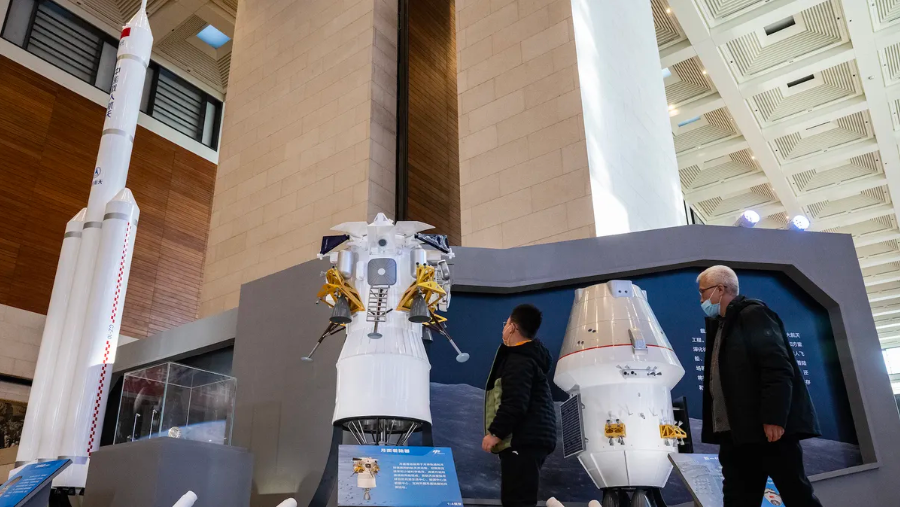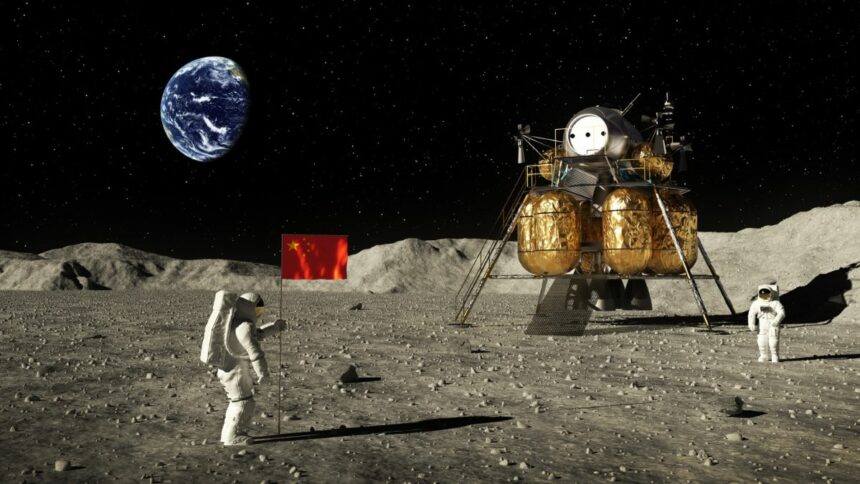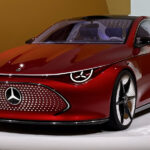China is actively seeking names for two spacecraft that will play a pivotal role in delivering Chinese astronauts to the moon’s surface in the future. With the ambitious goal of landing astronauts on the lunar surface before 2030, China’s space agency, the China Manned Space Agency (CMSA), is involving the public in the naming process for these crucial components. The CMSA has initiated a public call for suggestions, which will remain open until September 30th.
Following this initial phase, a preliminary selection of ten names will be made, and the public will have the opportunity to vote online for their preferred choices from this shortlist. Subsequently, a review panel comprised of experts from various fields, including aerospace and literature, will make the final selection.

CMSA has emphasized that the selected names should effectively encapsulate the core values and pertinent aspects of human space exploration while also showcasing China’s prowess in intelligent manufacturing. Each name must adhere to a maximum limit of four Chinese characters.
China has already conducted preliminary testing on a prototype of what is currently referred to as the “New generation crew spacecraft,” albeit the name’s lengthiness. A comprehensive test flight, employing a specially-developed Long March 10 rocket, is scheduled for 2027.

Details about the intended lunar lander are relatively scarce, but previous reports indicate it will weigh approximately 57,320 pounds (26,000 kilograms) and consist of a landing module and a propulsion module. Its primary purpose is to transport two astronauts to the lunar surface and subsequently return them to lunar orbit.
This complex mission will necessitate two launches of China’s Long March 10 rocket. CMSA has released animations that offer a glimpse of the lunar lander, the spacecraft, and the envisioned progression of the mission.








